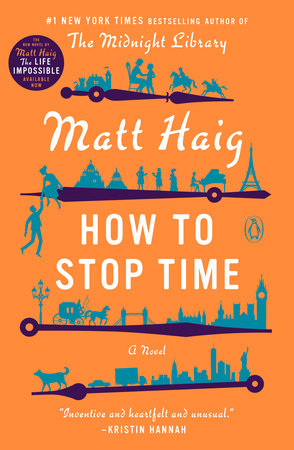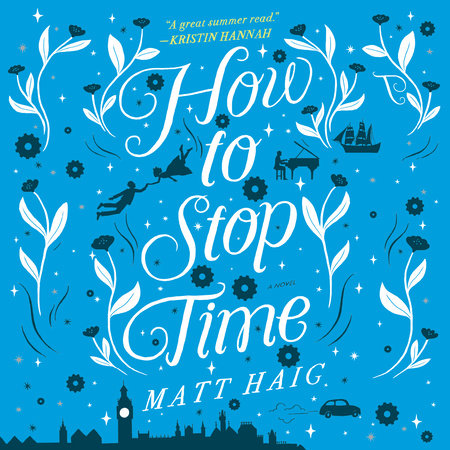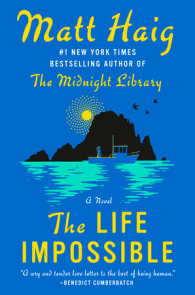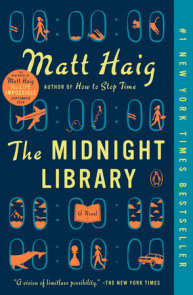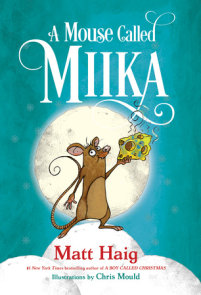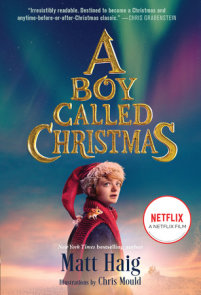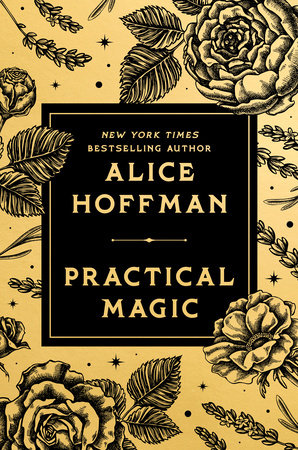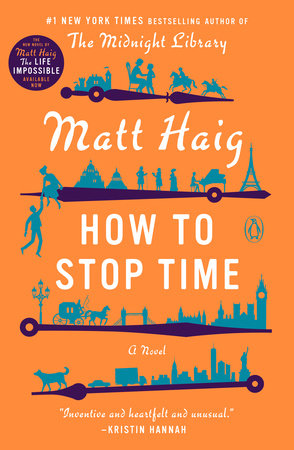

How to Stop Time
By Matt Haig
By Matt Haig
By Matt Haig
By Matt Haig
By Matt Haig
Read by Mark Meadows
By Matt Haig
Read by Mark Meadows
Category: Historical Fiction | Science Fiction | Literary Fiction
Category: Historical Fiction | Science Fiction | Literary Fiction
Category: Historical Romance | Literary Fiction | Audiobooks

-
$18.00
Jun 11, 2019 | ISBN 9780525522898
-
Feb 06, 2018 | ISBN 9780525522881
-
Feb 06, 2018 | ISBN 9780525587477
602 Minutes
Buy the Audiobook Download:
YOU MAY ALSO LIKE
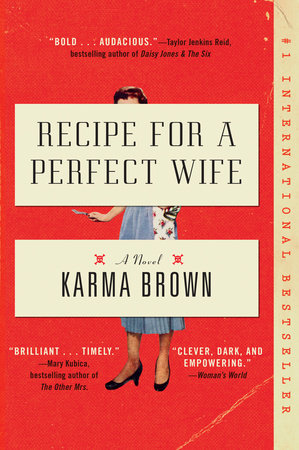
Recipe for a Perfect Wife
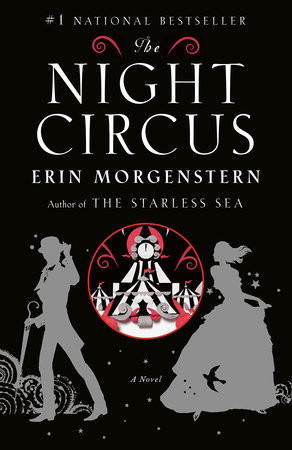
The Night Circus
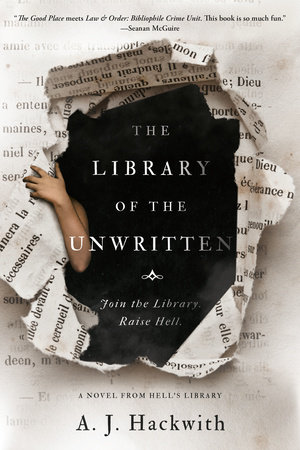
The Library of the Unwritten
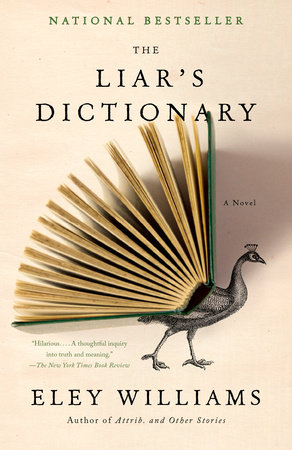
The Liar’s Dictionary
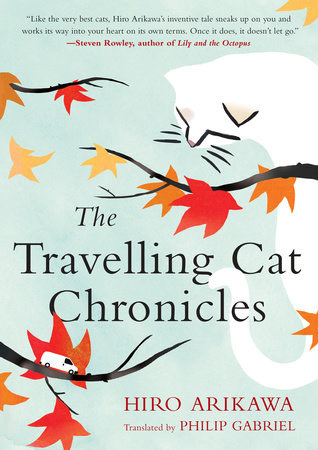
The Travelling Cat Chronicles
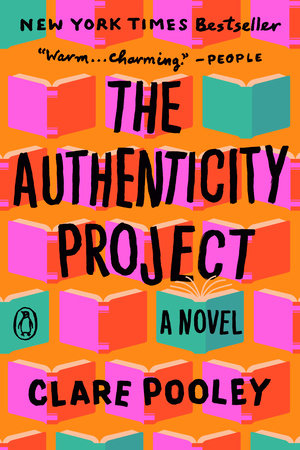
The Authenticity Project
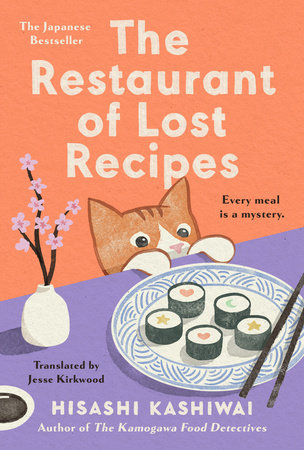
The Restaurant of Lost Recipes
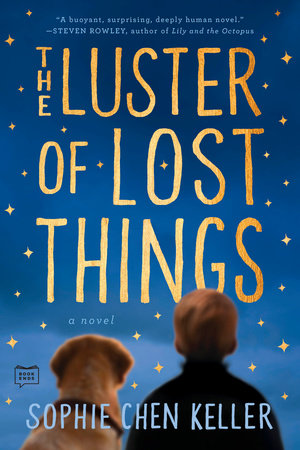
The Luster of Lost Things

The Year of the Witching
Praise
“Matt Haig’s latest book, How To Stop Time, is marvelous in every sense of the word. Clever, funny, poignant, and written with Haig’s trademark blend of crystalline prose and deft storytelling, this is a book that stirs the heart and mind in equal measure. A hugely enjoyable read.” —Deborah Harkness, author of The All Souls Trilogy
“Inventive and heartfelt and unusual. . . . [How To Stop Time] made for a great summer read.” —Kristin Hannah, New York Times bestselling author of The Nightingale
“Compelling and full of life’s big questions, How To Stop Time is a book you will not be able to put down.” —Graeme Simsion, author of The Rosie Project
“Haig remains a keen-eyed observer of contemporary life. . . his dialogue has snap and charm.” —The New York Times
“A wry, intriguing meditation on time and an eternal human challenge: how to relinquish the past and live fully in the present.” —People
“[How To Stop Time] is fantastic” —Brad Thor, New York Times bestselling author of Spy Master
“A quirky romcom dusted with philosophical observations….A delightfully witty…poignant novel.” —The Washington Post
“Time is all about the moments, not the space between them. Haig has done a fine job of capturing a few beautiful ones like butterflies in a jar — instants of love or rage or heartbreak. And one of them is even the night that Tom Hazard spent drinking ale with Shakespeare.” —NPR
“The central character of the poignant new novel How to Stop Time is 41-year-old Tom Hazard, a man who has been alive for centuries, and who moves every eight years in order to avoid detection. As he settles into a new life in London, he realizes that the one thing that would derail his (very long) life—falling in love—might just be worth it.” —Southern Living
“A time traveling love story… [and] a coming-of-age tale that continues for centuries. It’s The Time Traveler’s Wife meets The Curious Case of Benjamin Button, yet manages to be even more unique.” —HelloGiggles
“How to Stop Time is a clever, beautifully crafted novel about love, history, and the tangled mess that comes with trying to live a human life of any length.” —Bustle
“Matt Haig uses words like a tin-opener. We are the tin.” —Jeanette Winterson, author of Why Be Happy When You Could Be Normal?
“Haig has been gifted with a rare ability, which is to make the far-fetched – and even ridiculous – seem believable. His books tickle your mind and tug on your heart, and their pages slip by with beguiling ease. . . How to Stop Time will provoke wonder and delight.” —The Guardian
“But How to Stop Time is also a considered, heartfelt document, as you might expect from an author who wrote an internationally bestselling memoir of depression, Reasons to Stay Alive. It unfolds its secrets carefully: an action-packed but often sad story for slow, long-term thinkers. Wrapped inside this sci-fi school sitcom premise is a poetic manifesto of what really matters in the long run. One that Jeff Bezos, Elon Musk and Mark Zuckerberg would do well to read.” —Mashable
“The lively creativity of Matt Haig continues to delight and enchant readers. In How to Stop Time, he offers a well-drawn cast of vivid characters embroiled in an inventive, fast-paced story that successfully blends fantasy, romance, comedy and adventure.”—Shelf Awareness
“Matt Haig is astounding.” —Stephen Fry
“Inventive, exciting, moving and bursting with insight about history, time and what it is to be human.” —Kate Williams, author of Becoming Queen Victoria
“I loved How to Stop Time, it’s a beautiful and necessary book. I feel very lucky to have read it. It is magical, intriguing, and at times, very sad. A triumph.” —Marian Keyes, author of The Woman Who Stole My Life
“I am in concert with Haig’s fans as I read the book, turning pages for the story but also stopping to underline passages. I want to remember the lines. I want to read out loud to someone. Nothing like a love that lasts 400 years.” —Publisher’s Weekly
“How to Stop Time is a bittersweet story about the meaning of life.”—Kirkus
“An addictive, time-travelling tale which unfolds at a cracking pace” —The Bookseller (London), Book of the Month
“An engaging story framed by a brooding meditation on time and meaning.” —The Austin American-Statesman
“Full of Haig’s trademark humour and humanity, this is a wonderfully entertaining ride through centuries of adventure. Gloriously heart-warming.” —Sunday Mirror (London)
“A story you’ve been longing to read . . . Haig’s proficiency in writing for children has lent a gentleness that cuts to the very heart of this work and its readers.” —Evening Standard London), “The Best Books to Read This Summer”
“How to Stop Time is a worthy addition to the time-travel canon, hugely entertaining, quietly funny and, at its best moments, contemplative and brooding.” —John Boyne, Irish Times (Dublin)
21 Books You’ve Been Meaning to Read
Just for joining you’ll get personalized recommendations on your dashboard daily and features only for members.
Find Out More Join Now Sign In






